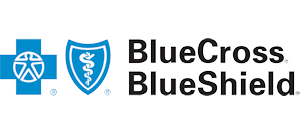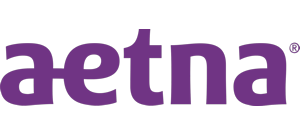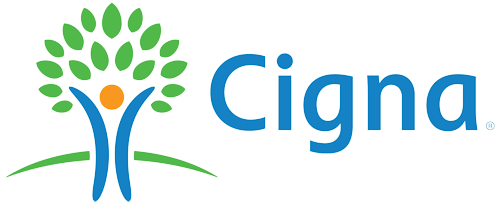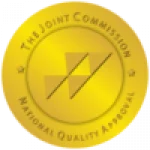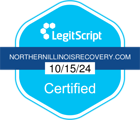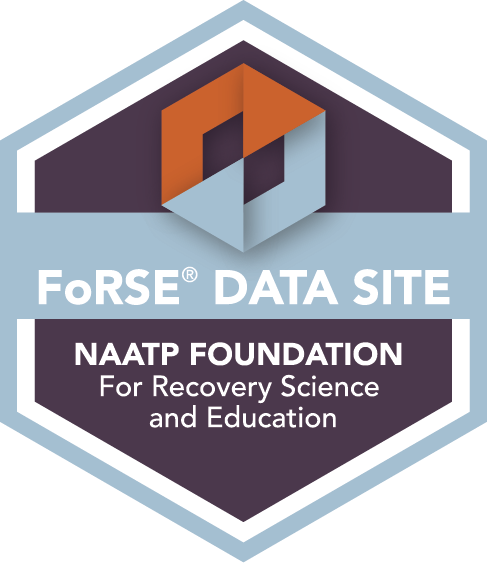Marijuana ranks among the most commonly misused substances in the United States, with more than six million individuals facing a marijuana use disorder (MUD), as reported by the National Institute of Health (NIH). Despite this significant number, many individuals do not pursue assistance for marijuana dependency, often failing to recognize it as a form of substance abuse comparable to alcohol misuse. Recognizing the signs and risks associated with marijuana abuse is crucial for initiating support for someone in need.
At Northern Illinois Recovery Center, located in Crystal Lake, IL, we provide extensive programs for substance addiction, including marijuana addiction treatment. For individuals and families wanting to better understand their situation, taking an ‘am I addicted quiz‘ can be a helpful first step toward breaking the cycle of drug addiction and achieving lasting recovery.
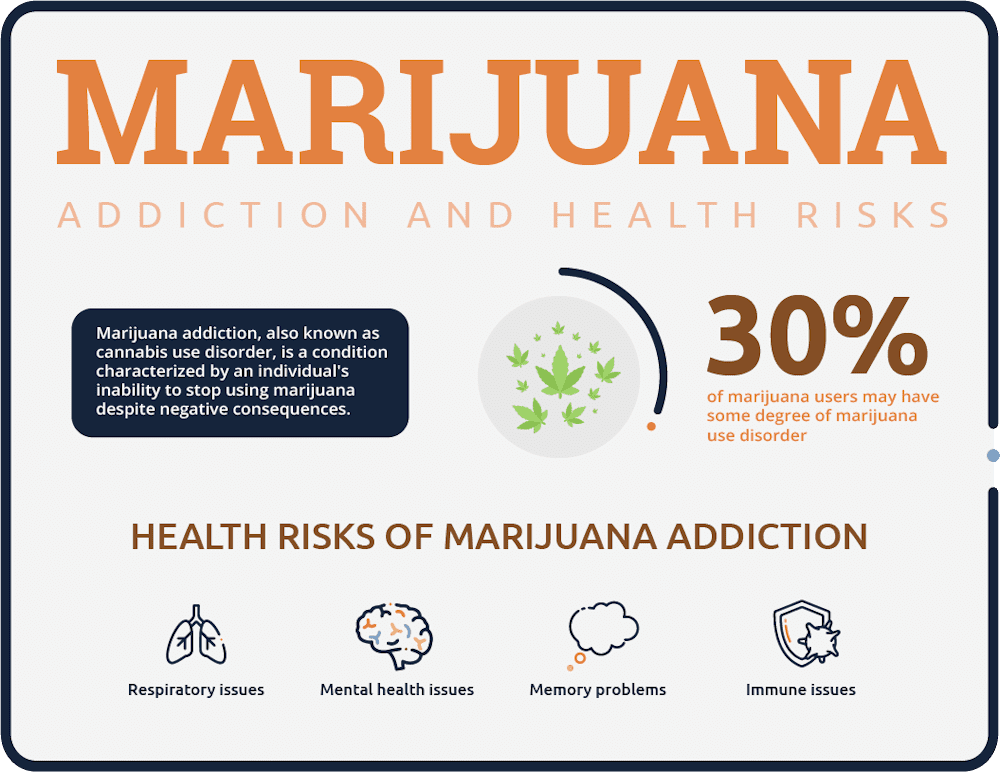
The psychoactive nature of delta-9-tetrahydrocannabinol (THC) contributes to its potential for addiction. Users of marijuana may encounter a diverse array of health effects impacting both the body and mind, with many individuals finding it to be a holistic approach to addressing mental health issues. Additionally, numerous people utilize cannabis products for the management of chronic pain, and marijuana has demonstrated efficacy in aiding individuals in coping with various medical conditions. Common street names for marijuana include:
- Weed
- Pot
- Grass
- Ganja
- Mary Jane
- Reefer
- Dope
The effects of cannabis consumption can differ significantly among individuals. When marijuana is smoked, THC is rapidly absorbed from the lungs into the bloodstream, typically within minutes, depending on the method of consumption. Conversely, when ingested as an edible, it may take 45 minutes to an hour for the effects to manifest.
However, this onset time can vary greatly based on the individual’s prior experience with cannabis, and more favorable outcomes may be achieved by steering clear of high doses and untested consumption methods. When smoking marijuana or vaporizing, marijuana highs typically last between 2 to 3 hours. When ingested, such as in edibles or concentrates, intoxication can last for 8 hours or more.
Signs and Symptoms of Marijuana Abuse
- Spending the majority of your time and/or money using or buying marijuana
- Inability to stop or control your marijuana use
- Feeling guilt, shame, or remorse about your marijuana use
- Need to increase your marijuana use to feel the same pleasurable effects
- Attending work or school while high on marijuana
- Bloodshot eyes
- Eating more
- Lacking motivation
- Gaining or losing weight
- Being nervous or paranoid
- Impaired coordination
- Slowed reaction time
- Dry mouth
- Memory issues
- Anxiety
- Impaired judgment
- Distorted perception
- Sleepiness or relaxed state
- Cravings
- Continuing to use it despite the consequences
A marijuana addiction treatment program can help you learn how to control cravings and remain abstinent after you decide to quit using marijuana. Even if recreational marijuana use is legal in your state, you can still face federal criminal charges if you buy, possess, or sell marijuana. Regularly using and abusing marijuana can cause dependency, which often requires the help of a marijuana addiction rehab center or alcohol addiction rehab center in Crystal Lake, IL, with recovery further supported through structured sober living programs.
Psychoactive substances can lead to addiction. While recreational drugs, like marijuana, are often considered relatively safe, they can cause physical and psychological dependence. Regular marijuana use can also lead you to experiment with other substances and create cross-tolerance. Marijuana is the most commonly abused illicit psychoactive substance in the United States. Even though some states have decriminalized marijuana, it remains illegal to possess, sell, and manufacture under federal law.
Side Effects of Marijuana Use
- Euphoria
- Paranoia
- Impaired learning
- Hallucinations
- Increased appetite
- Disorganized thinking
- Impaired senses
- Altered sense of time
- Mood swings
- Trouble problem-solving
- Lack of balance and coordination
- Memory problems
- Delusions
- Psychosis
- Bronchitis
- Bronchial asthma
- Increases the risk of addiction
Aftercare programs for marijuana rehab benefit alumni or people who complete the program and live a life free of marijuana.
When marijuana is misused during adolescence, it may result in hindered brain development. Additionally, dependence on marijuana can lead to psychological challenges such as anxiety and depression. Moreover, excessive use can lead to engagement in risky behaviors. Long-term effects of marijuana addiction include:
- Breathing problems
- Increased risk of lung infections
- Increased heart rate
- Weakened immune system
- Suicidal thoughts
As reported by NIDA, individuals who consume significant quantities of marijuana often experience increased relationship difficulties and report lower levels of life satisfaction.
Withdrawal from marijuana generally spans a duration of four to five days, influenced by the severity of the addiction and additional factors such as concurrent mental health disorders and the use of other substances. Below is a typical timeline for withdrawal symptoms. In Illinois, dual diagnosis treatment is essential for effective recovery from dependency and addiction.
Common symptoms of marijuana withdrawal include:
- Nausea
- Tremors
- Panic attacks
- Anxiety
- Intestinal issues
- Irritability
- Depression
- Restlessness
- Cravings
- Weight loss
- Insomnia
The marijuana withdrawal timeline is as follows:
- 24 hours post-last use: Individuals may experience general discomfort, characterized by irritability and insomnia.
- 2 to 3 days post-last use: Withdrawal symptoms usually reach their peak, which may manifest as sweating, chills, abdominal pain, and strong cravings.
- 4 to 5 days post-last use: Most withdrawal symptoms tend to subside, although cravings and psychological issues, such as anxiety, may persist for several weeks.
THC can remain in the body for a month or more, as it is stored in fat cells rather than being present in the bloodstream. While CBD may offer some alleviation from detoxification symptoms, the effectiveness of this relief can vary from individual to individual.

How Common is Marijuana Addiction?
The issue of marijuana addiction, also referred to as cannabis or chronic marijuana use disorder, is a contentious subject. While a significant number of individuals believe that marijuana addiction is not possible, studies indicate that approximately 9% of users may develop a marijuana use disorder. Furthermore, the U.S. Department of Health and Human Services states that 1 in 11 marijuana users may become addicted to smoking marijuana.
How Do People Become Addicted to Marijuana?
Marijuana addiction can affect anyone; however, individuals may experience varying degrees of cannabis dependence themselves. Several factors can heighten the likelihood of developing an addiction to cannabis. These risk factors include:
- The impact of legalization: In states where marijuana is legalized, individuals may find themselves in an environment that encourages consumption, often influenced by peers who may not be aware of the potential adverse effects.
- Family history of substance abuse: A child with a parent or close relative who battles addiction faces an increased risk of developing similar issues.
- Mental health conditions: Individuals dealing with mental health challenges, such as depression, anxiety, or schizophrenia, are at a greater risk of becoming addicted.
Marijuana Addiction Treatment
- Medical detoxification
- Residential or inpatient treatment
- Outpatient treatment
- Sober living arrangements
- Aftercare support
Individuals suffering from marijuana addiction frequently encounter distressing withdrawal symptoms upon cessation of use. Symptoms such as intense cravings can prove difficult to manage without the assistance of support groups or additional resources. A medically supervised detox program is the most effective method for successful detoxification, providing medical oversight and, when necessary, medication to ease physical withdrawal symptoms. Following detox, our Intensive Outpatient Program (IOP) for adolescents offers structured therapy, coping strategies, and peer support to help young people continue their recovery in a safe, supportive environment.
Marijuana use disorders share characteristics with other substance use disorders, although the long-term clinical consequences may be comparatively milder. Adults who seek treatment for marijuana use disorders often have a history of daily consumption lasting over ten years and have made several unsuccessful attempts to cease use—notably, individuals with marijuana use disorders, especially adolescents, frequently present with comorbid psychiatric conditions. Currently, the FDA has not approved any pharmacological treatments specifically for marijuana use disorder; however, research efforts are actively underway in this area.
Given that sleep disturbances are a prevalent symptom of marijuana withdrawal, some studies are examining the potential efficacy of sleep-aid medications. Moreover, researchers are investigating the impact of various substances, including FAAH inhibitors, which inhibit the degradation of the body’s cannabinoids. Preliminary findings indicate that exploring allosteric modulators, which interact with cannabinoid receptors to diminish the rewarding effects of THC, may yield beneficial results.
A holistic approach to treatment is essential, addressing the individual in their entirety rather than focusing exclusively on their cannabis use disorder. Numerous treatment options are available, including medical detoxification, residential therapy, outpatient services, and post-treatment support, all of which can be customized to meet the unique needs of each individual. The following behavioral therapies have shown potential effectiveness.
Inpatient marijuana addiction treatment, also known as residential treatment, is a program that requires individuals to live on-site. These facilities offer continuous supervision and support during the recovery journey. This type of treatment is particularly advantageous for individuals experiencing severe addiction, persistent withdrawal symptoms, or a significant risk of relapse. Participants will collaborate with healthcare professionals to create personalized treatment plans, including strategies to prevent future relapses.
Not all individuals can temporarily disengage from their obligations related to family, employment, and education to pursue inpatient treatment. Nevertheless, numerous outpatient marijuana addiction treatment programs are available, enabling individuals to receive care while managing their everyday responsibilities.
Outpatient programs at marijuana treatment facilities provide similar psychotherapy and group therapy services as those found in inpatient settings. However, participants remain exposed to the stressors and triggers present in their external environments. The various types of outpatient marijuana addiction treatment programs include an intensive outpatient program (IOP), and a partial hospitalization program (PHP).
Aftercare program
Assistance continues for program alumni, family members, and individuals seeking to lead a life devoid of marijuana. Aftercare programs provide essential support for those requiring guidance and accountability to maintain sobriety. During weekly meetings, participants have the opportunity to address personal challenges, exchange encouragement, and offer mutual support as they navigate the difficulties of recovery.
Sober living programs facilitate the transition from rehabilitation to independent living. Sober living houses offer secure, supportive, and substance-free environments. Residents are required to adhere to house regulations and continue their treatment. The advantages of sober living include:
- A secure, substance-free environment
- Accountability throughout the recovery process
- Support as individuals develop life skills and learn responsible living
- Opportunities to form relationships and connections with others in recovery
These programs also assist with employment and education to enhance individuals’ prospects. Additionally, residents are expected to pay rent, pass random drug screenings, and take responsibility for their recovery objectives.
What Our Marijuana Addiction Treatment Center Offers?
Outpatient programs are less demanding and allow you to return home each night. Partial hospitalization programs meet for at least five days a week for at least six hours, while intensive outpatient programs usually meet for two to three days per week for several hours. Inpatient and outpatient programs offer individual, group, and sometimes family therapy, counseling, and relapse prevention planning.
Insurance Verification

